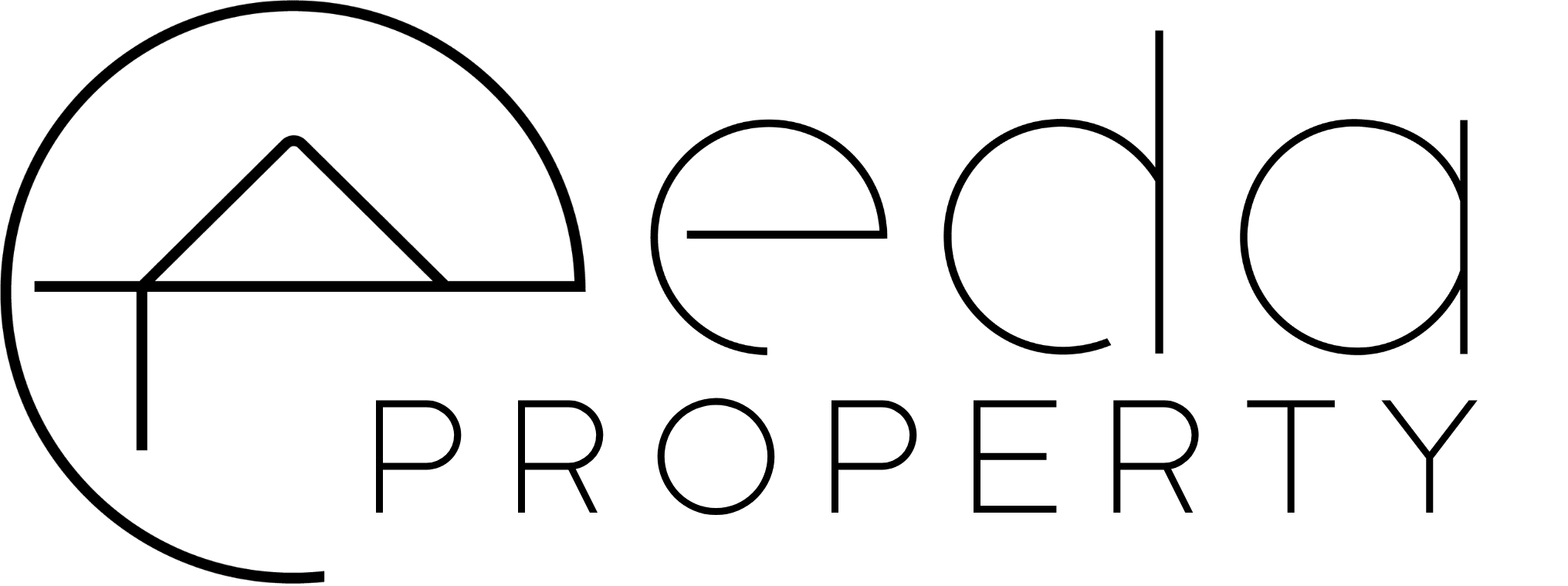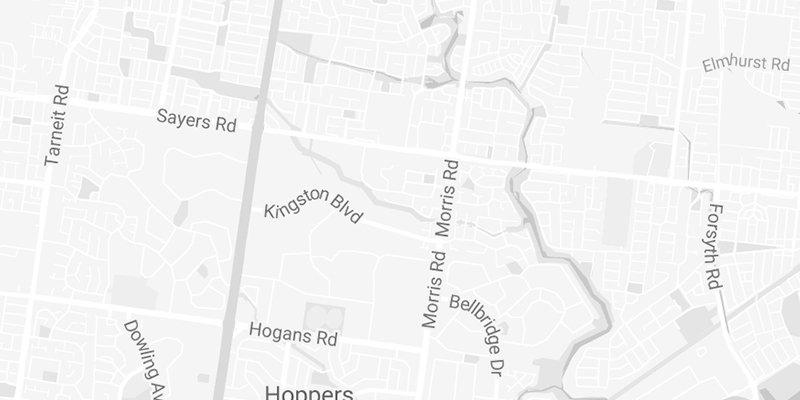Rates Hysteria Needs To Stop
The hysteria about interest rate rises and the affect it will have on property prices needs to stop, according to leading business commentator, Terry McCrann.
McCrann says the reality is that the vast majority of homeowners are still sitting on huge tax-free capital gains as a result of property price growth in the past 10 years.
He says prices increased between 65% in Brisbane and 120% in Sydney along the east coast since 2011.
“So, if house prices have fallen 15%, and that’s by no means clear, Sydney prices would still be nearly 90% up on 2011 and Melbourne prices by nearly 60%,” he says.
McCrann says homes have increased in value well ahead of ordinary inflation.
“The overwhelming majority of people who go out to buy a property each weekend have either already cashed in a massive tax-free gain or are moving into investment properties off the back of massive unrealised gains on existing properties,” he says.
McCrann says the “hysteria” by commentators over the latest interest rate rise are way off the mark as basically borrowers have been lending “all-but free money’’ and are now borrowing “only slightly less than all-but free money”.
McCrann decried commentators and journalists who report on the current market using terms such as “free-fall” or “collapse” as that is far from reality.
“What is completely lost in their unhinged rantings is any sense of context or even basic arithmetic,” he says.
Bigger Regional Australia Needed
Regional cities need to step up and take on tens of thousands of more residents to stop capital cities becoming unliveable megacities, according to the Regional Australia Institute.
The Institute has told the Federal Government an additional 500,000 people, on top of previous forecasts, should be “living prosperously” in regional Australia by 2032, as it is the only way to ensure a more productive and liveable Australia.
It commissioned economic modelling which shows an increased regional population will drive national output to $2.3 trillion.
Institute chief executive Liz Ritchie says as a nation we will be happier, more sustainable and more productive if we alter the path we are on.
But she says there needs to be a level playing field in terms of the services provided to regions including the provision of housing, education, health, transport and childcare.
“Regionalisation is about delivering on the potential of regional Australia and rebalancing our nation,” Ritchie says.
She warns that with almost two-thirds of Australia’s population now living in the major capital cities, the biggest cities, Sydney and Melbourne, are on a trajectory to more than double to more than 10 million residents each by the middle of this century.
Mirvac Build Time Cut 25%
Developer Mirvac has cut the time it takes to build a townhouse by 25% by using prefabrication.
After trialling the method, which also reduced labour hours by 11%, it will introduce it throughout its residential construction portfolio.
During a trial of the method Mirvac craned premade sections of double-layer cassette floor into place as well as wall panels which already contained facade panels, window frames and glass.
The panels needed only rendering and painting on site.
Mirvac head of residential Stuart Penklis says prefabrication and off-site manufacturing will help them mitigate risks while also improving safety.
It also enables Mirvac to reduce construction costs and will help it achieve its aspiration to send zero waste to landfill by 2030.
Mirvac began exploring prefabrication a few years ago by installing bathroom pods in its apartment developments.
Its 300-home Riverlands project will be built with prefabricated walls, floors and bathrooms which will significantly reduce on-site construction.
Penklis says it is critical to achieve a significant scale for the method to be effective.
“As we increase our scale and volumes, we’ll start to see the benefits from a cost perspective,” he says. “But at the moment, it’s probably been lineball.”
House Prices Defy RBA Call
Australia’s smaller capital cities have been more resilient in the face of rising inflation and interest rates.
The Real Estate Institute of Australia’s latest Real Estate Market Facts report shows Australian housing prices fell overall during the June quarter as interest rates and inflation impacted affordability, but not all cities were impacted.
Sydney and Melbourne bore the brunt of the price declines, the REIA says.
REIA President Hayden Groves says the weighted average capital city median price dropped by 1.8% for houses and 0.6% for units during the quarter, with the weighted average median house price for the eight capital cities falling to $1,012,230.
He says on a city-by-city basis, the median house price increased in Brisbane, Adelaide and Darwin, remained stable in Perth, and declined in Sydney, Melbourne, Canberra and Hobart.
Increases ranged from 0.4% in Darwin to 2.6% in Adelaide.
Groves says the rental market is still a challenge with rents having increased sharply.
The weighted average median rent for a three-bedroom house in the eight capital cities went up by 3.6% to $506 per week during the quarter.
Vacancy rates have dropped in most capital cities and most are now below 1%.
Rentvesting: The Smart Strategy to Live Where You Want and Invest for Financial Growth
Rent vesting: A Smart Strategy for Property Investment? So, you want to own a house, but the idea of forking out a $7,000 monthly mortgage [...]
Inflation and Interest Rate Rises
Inflation at 2.7%: What It Means for the Future of Interest Rates and Property Investment Well, well, well—what do we have here? Inflation at 2.7%, within the magic zone! [...]
How to Leverage Home Equity to Buy Investment Properties
Owning a home in Australia comes with more than just a sense of security. For many homeowners, it opens up opportunities to grow wealth through property investment. One common [...]
Get in touch with our property investment advisors today!
Life changes – your property strategy should too. We review your portfolio yearly and support you every step.
We respect your privacy. View our Privacy Policy.
Get in touch with our property investment advisors today!
Life changes – your property strategy should too. We review your portfolio yearly and support you every step.
We respect your privacy. View our Privacy Policy.





